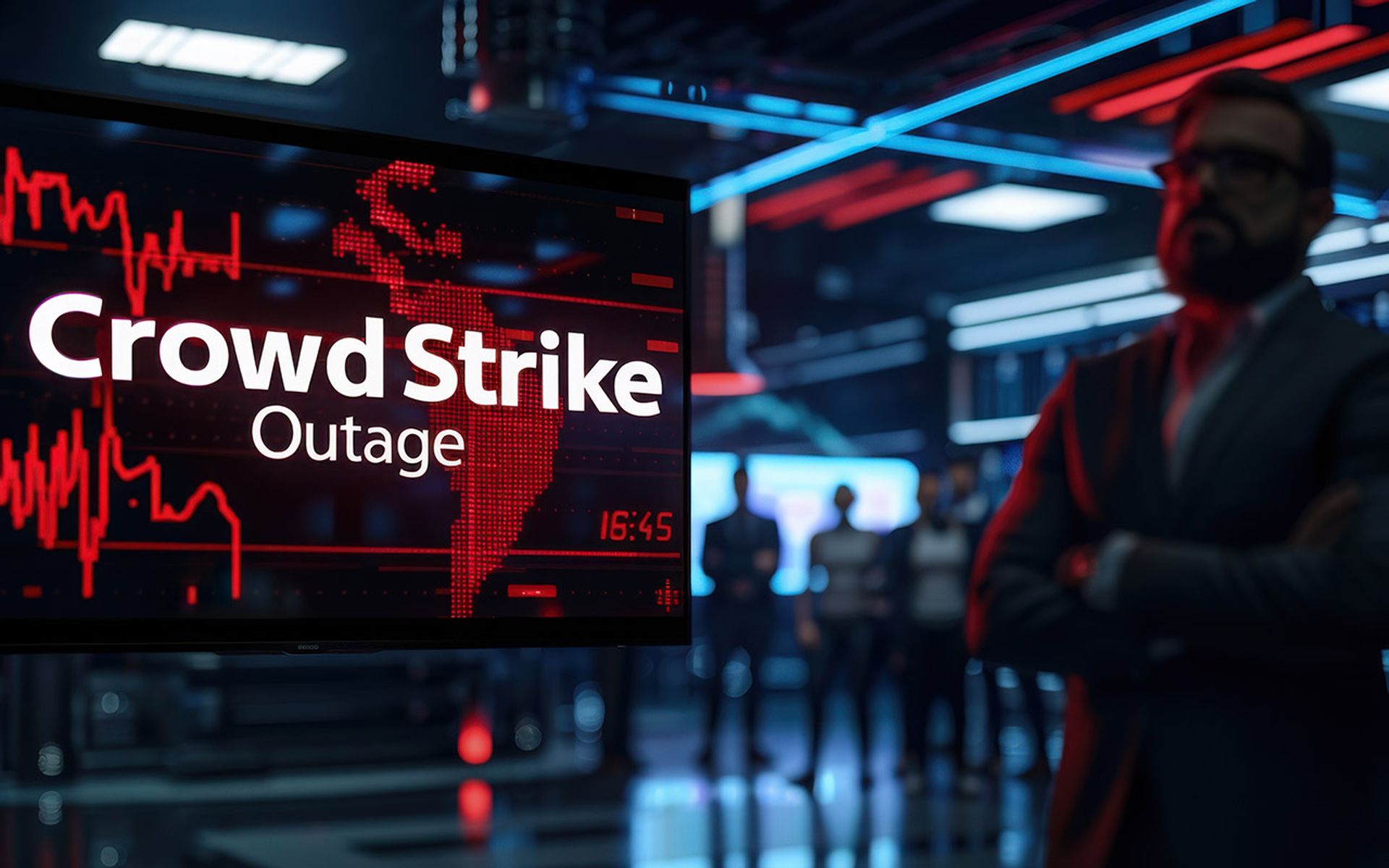Flying cars will be available by 2024 — or so they say. Imagine cars being able to run their errands faster, be safer off the ground, and allow for higher-level observability. In the cybersecurity world, we have our own version of a flying car: modern applications. Modern apps are extremely multi-faceted: housing microservices/APIs, they are SLO/SLI driven, and native to the multi-cloud. The innovative and futuristic feel of modern apps is exciting, but the transition to them doesn’t come without complications. Despite modern app complexities, there are standard security best practices you can use to meet your challenges and continue to move your enterprise forward.
The four major security requirements are:
- Multi-Cloud Secure Connectivity
- Traffic Management and Perimeter Security
- Security Observability
- Distributed Security and Compliance
Come along for the ride as we break these down.
Multi-cloud secure connectivity
A multi-cloud environment is becoming the standard within enterprises today. But just because something is standard doesn’t mean there’s a universal understanding of it. Multi-cloud networks involve the use of multiple cloud computing, storage, and traffic services in a single-space architecture. The multi-cloud aims to provide fast distribution of cloud assets, apps, software, end-to-end encryption, and much more. Adopting this strategy effectively means no room for error. As the multi-cloud is built to speed up an enterprise’s digital transformation, it requires a fast, secure, and reliable foundation to provide a strong end-user experience. If connectivity lags, your organization will be left in the dust. Multi-clouds need centralized control, visibility, and policies, as well as distributed enforcement.
Traffic management and perimeter security
Like the multi-cloud, the traffic path is multi-layered. Think about traffic patterns you see in your day-to-day (on the ground or in the sky): without consistent principles, visibility, and distribution (think drivers ed classes), traffic would be an absolute disaster. Same goes for inbound and outbound communication in multiple-traffic environments. The necessary first layers of defense are centralized management tools and self-healing capabilities, like when a fancy car autocorrects when it senses it’s driving too close to the yellow line. Understanding microservices from the inside out — what talks to what — is crucial. Understanding analytics, flow creation and expectations, and security infrastructure will help any enterprise drive forward.
Security observability
Do you know what your enterprise needs to be secure? Understanding this is key; knowing your. your non-negotiables — and staying aligned with those along the way — will increase your chances of successful defense. Looking at modern apps, the earlier you can figure out the flaws in your apps, the better off you’ll be. It’s a balancing act of understanding, acting, and not overwhelming your system by compromising agility and speed. Every enterprise has a blind spot; observability of API interactions and app behavior changes will help you spot the risks ahead of time.
Distributed security and compliance
Workloads and policies are going to vary between each organization. Regardless, security should be able to penetrate each layer of modern applications to protect your environment without breaking any compliance regulations. Regulatory changes and mandates need to be understood and kept up with, especially with an increased focus on speed-to-market and time-to-value deployment rates. DevSecOps collaboration frameworks focus on building security in while keeping business priorities and policies top of mind. Making sure distributed security and compliance capabilities are built-in from the beginning enables your enterprise to continue regular maintenance, rather than engaging in a complete dismantling if something comes up.
Key takeaways
Whether you’re in a flying car or driving that old 2004 Honda, one thing is for certain: technology will always continue to modernize. Old machines are going to have to adapt, and new ones are going to have to prove themselves. Modern applications are going to continue to evolve as time moves us forward. Multi-cloud secure connectivity, traffic management and perimeter security, security observability, and distributed security and compliance are four critical requirements in strong modern app performance, but it doesn’t stop there.
For a full break down, watch the VMworld 2021 Better Secure Your Modern Applications with No Compromise on Speed and Agility session now.
For more on modern apps, check out our on-demand library here.
By Jennifer Schwager, VMware



